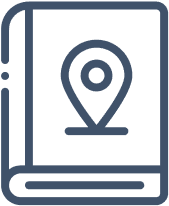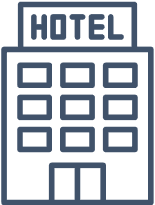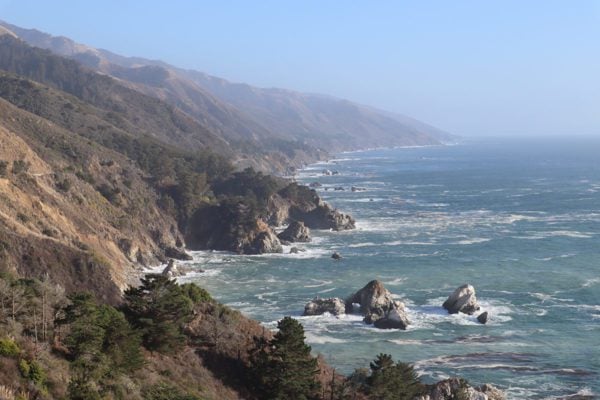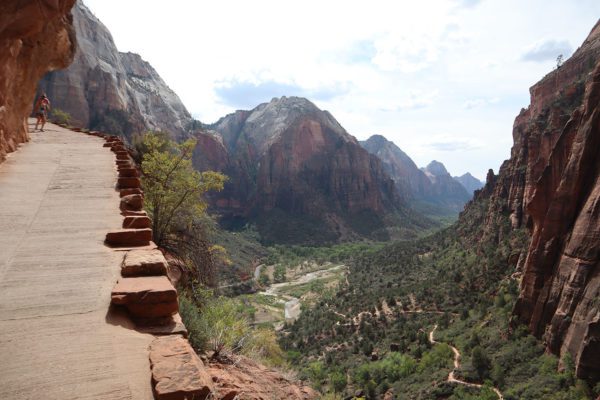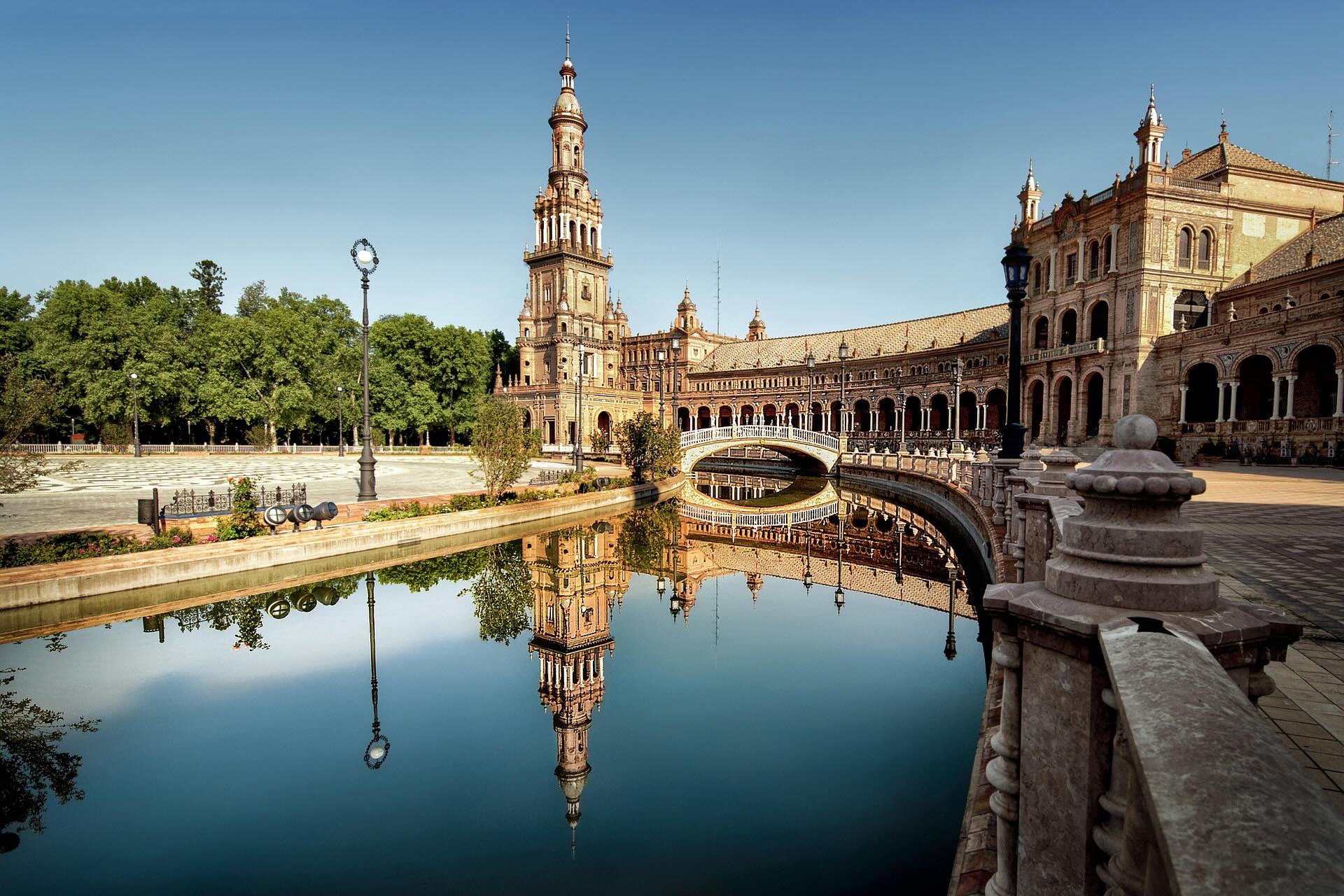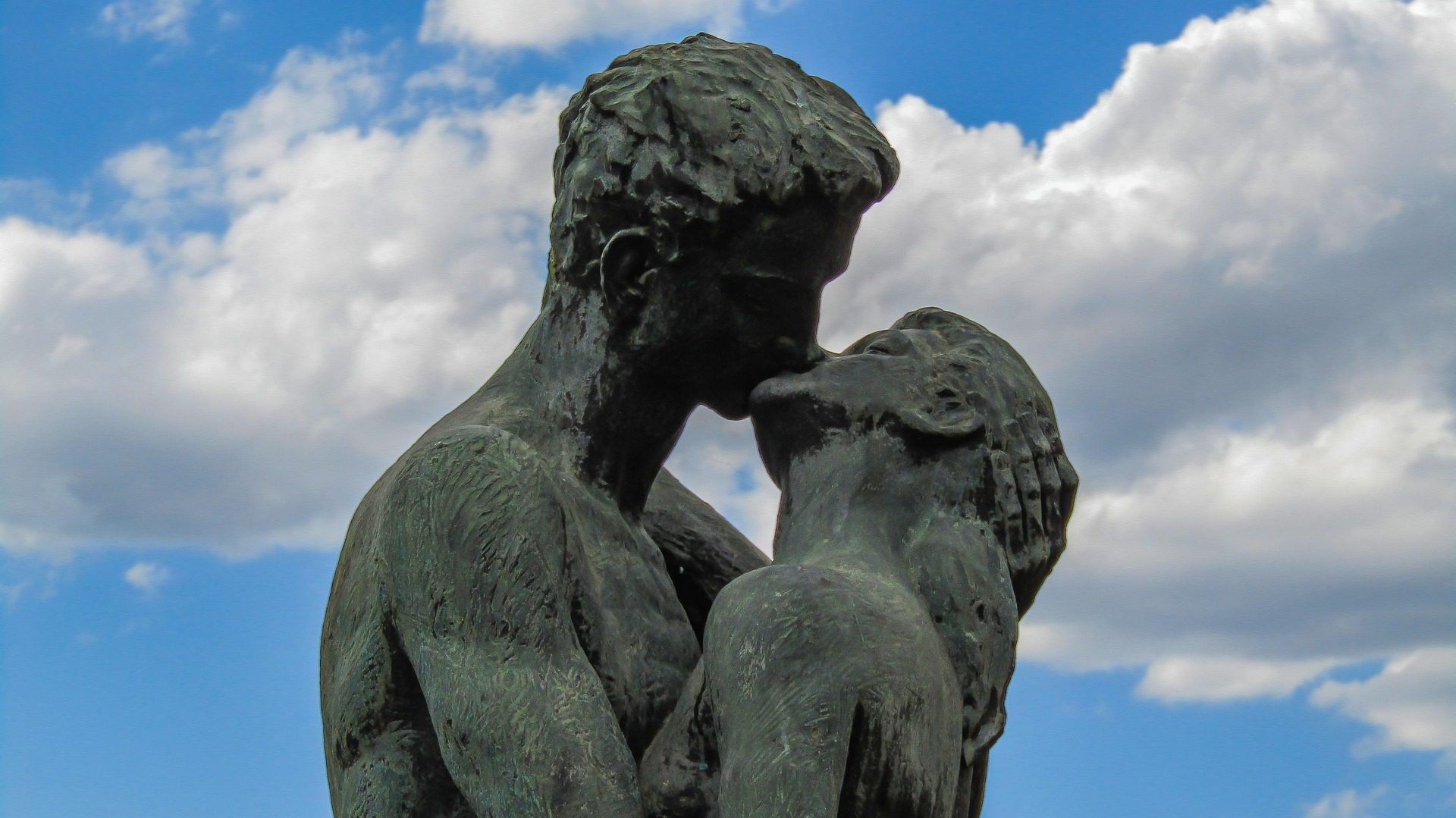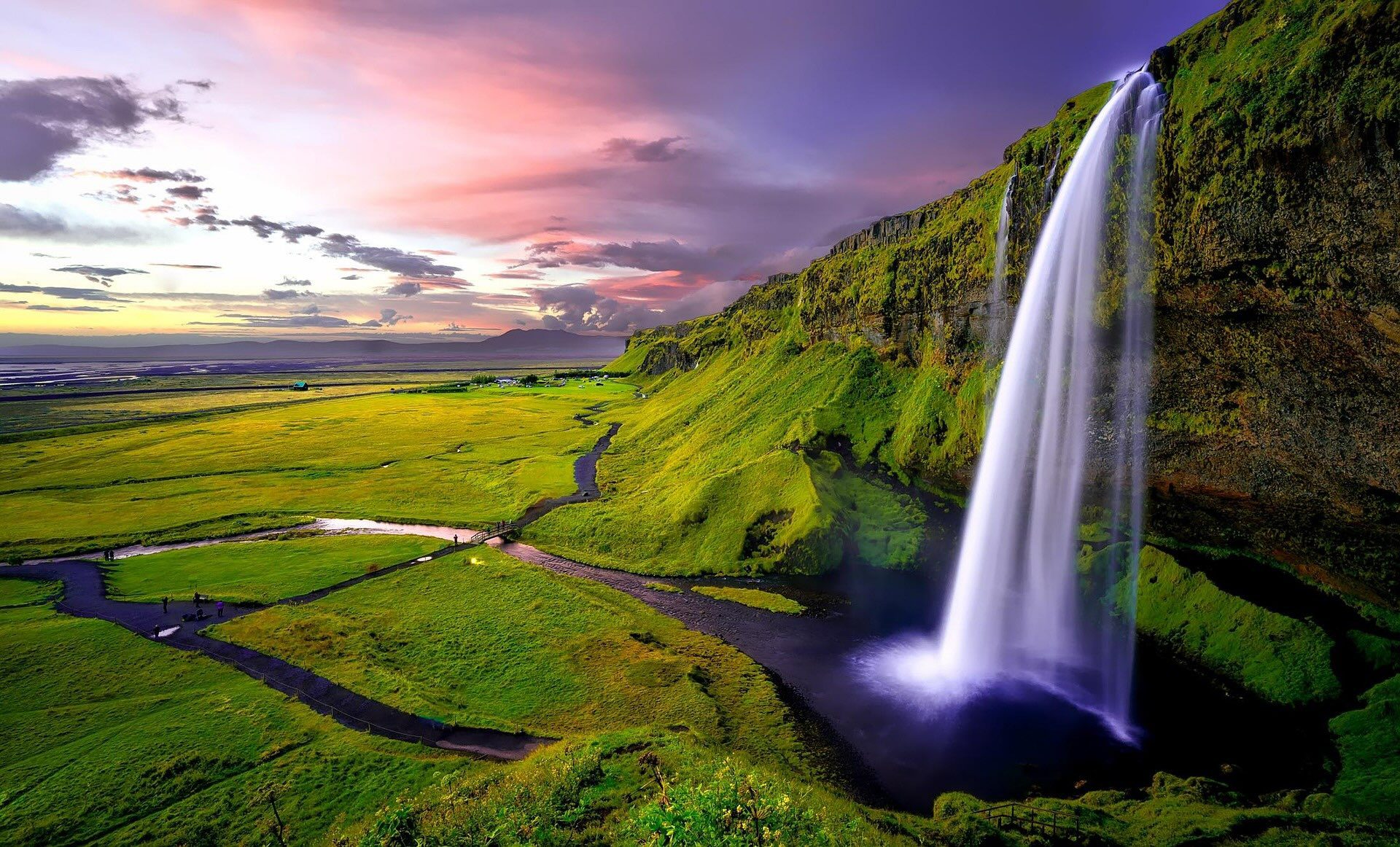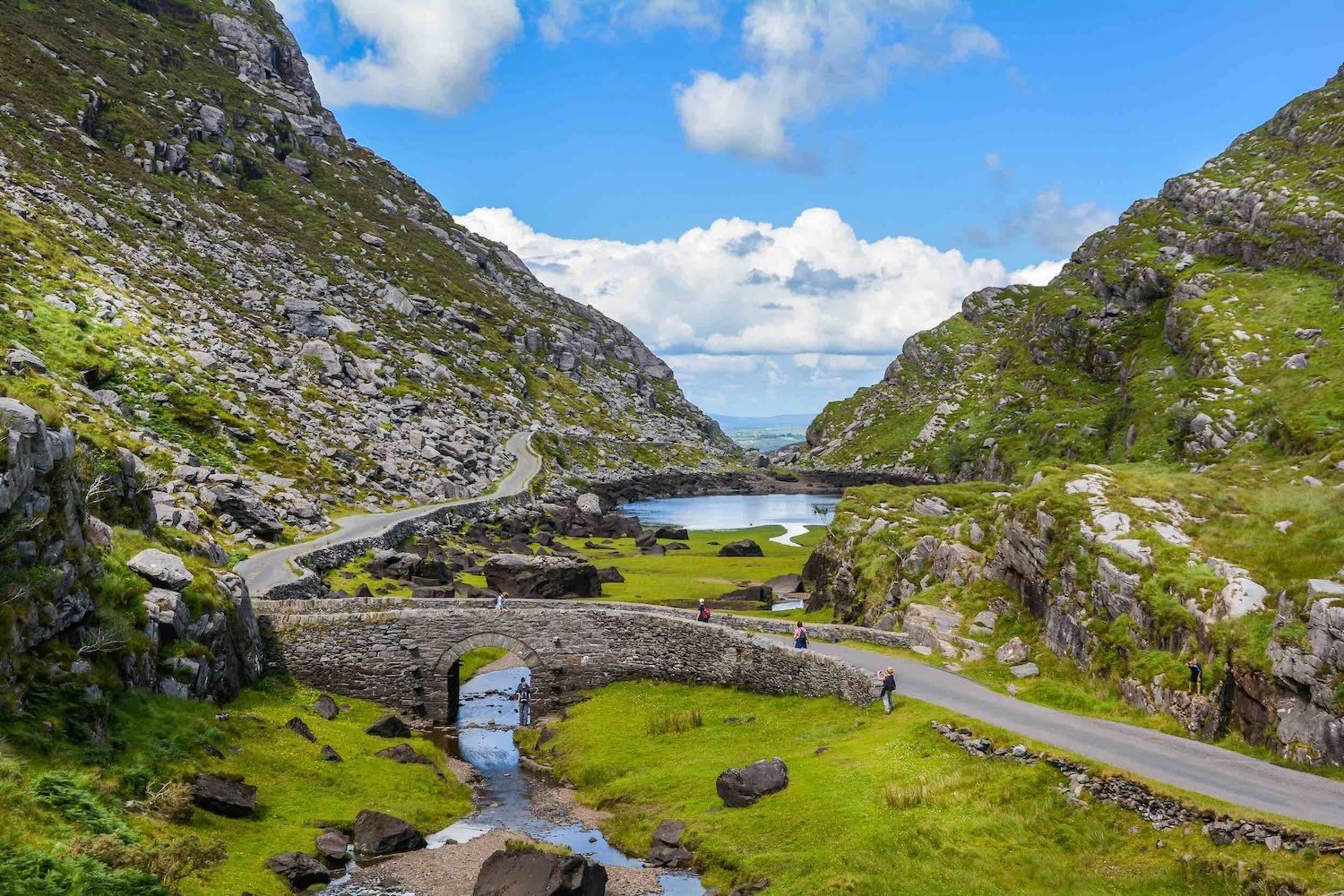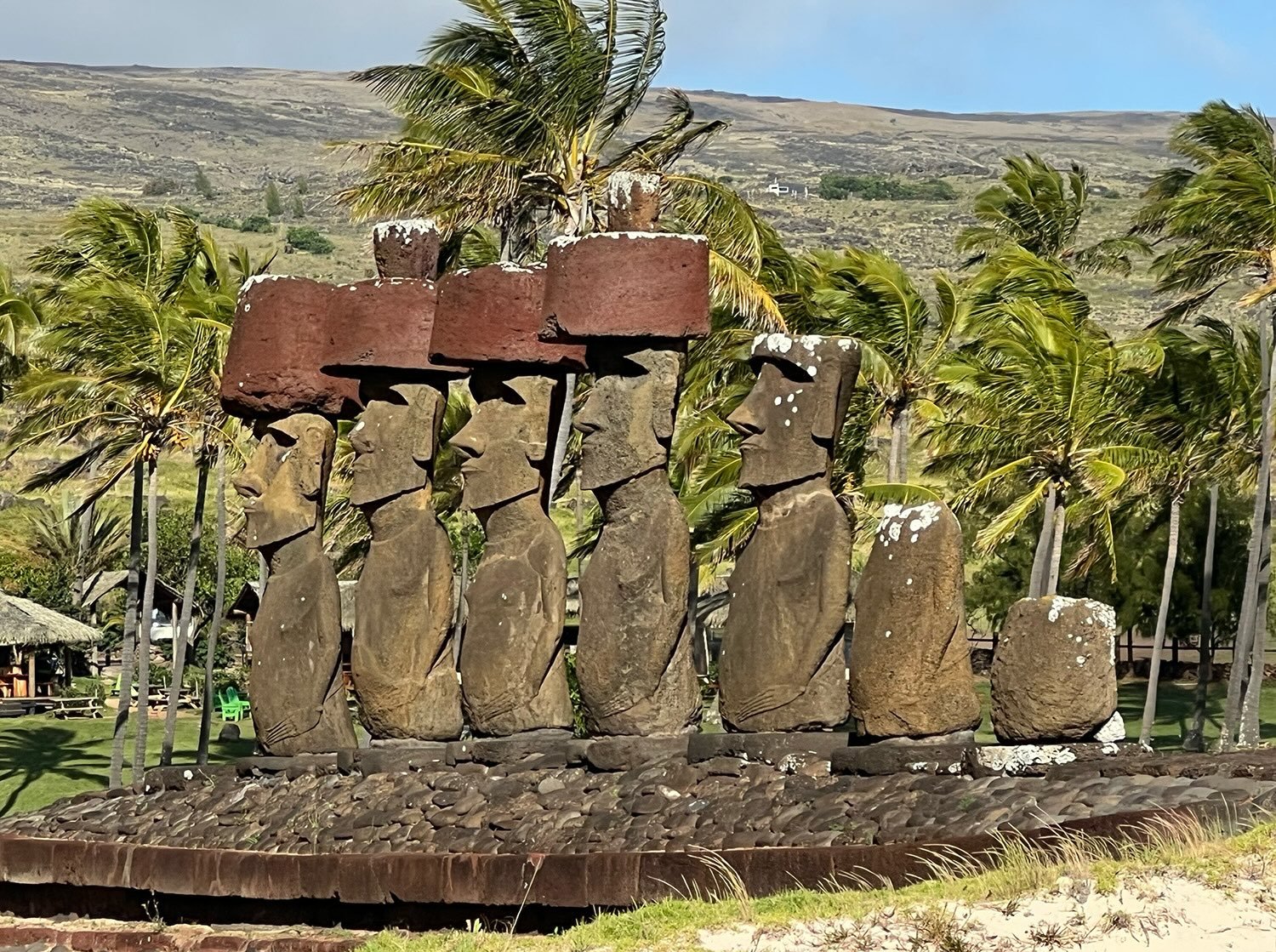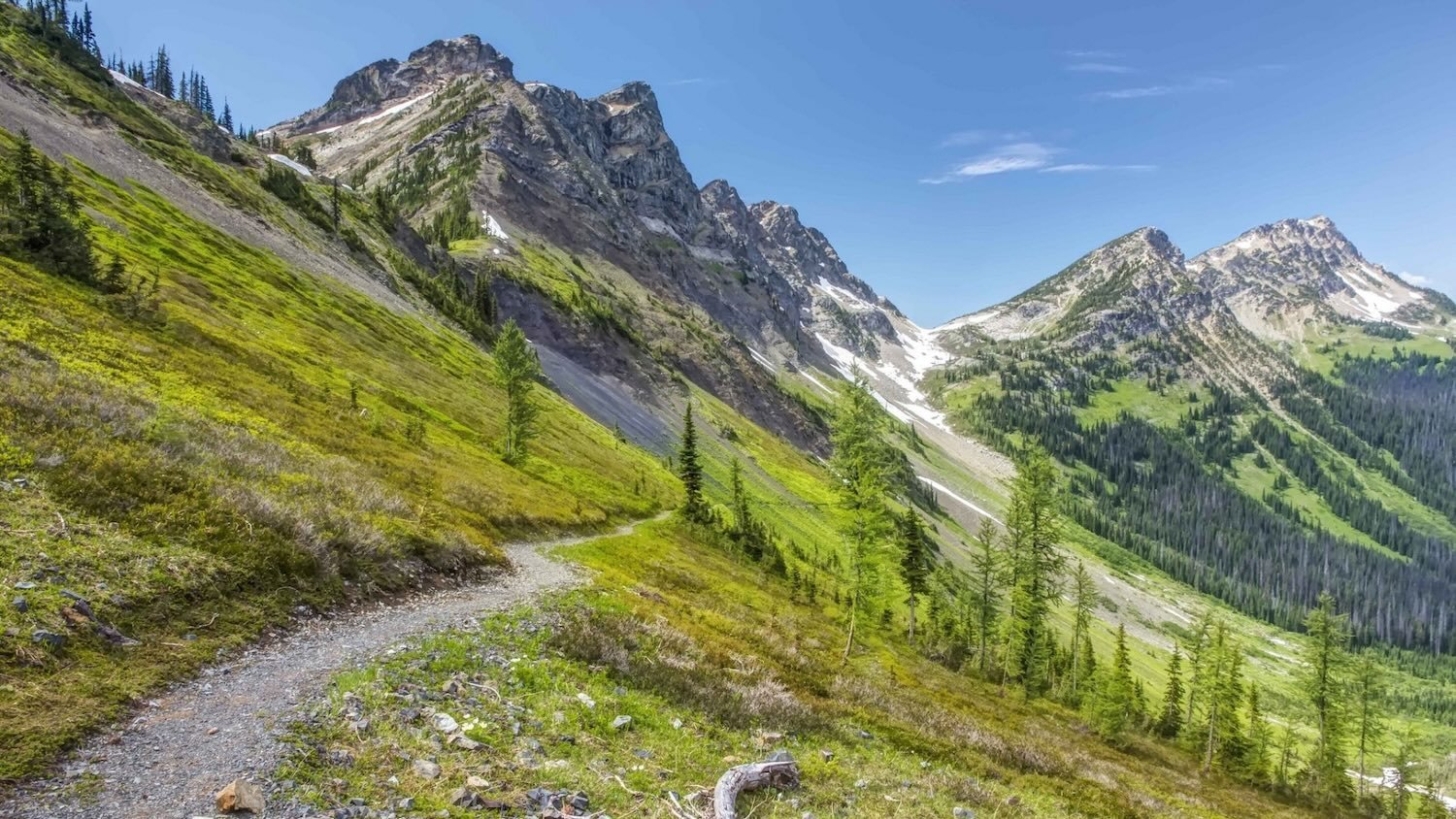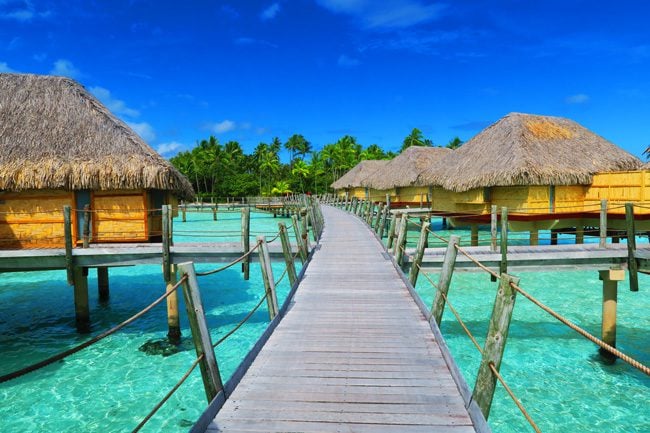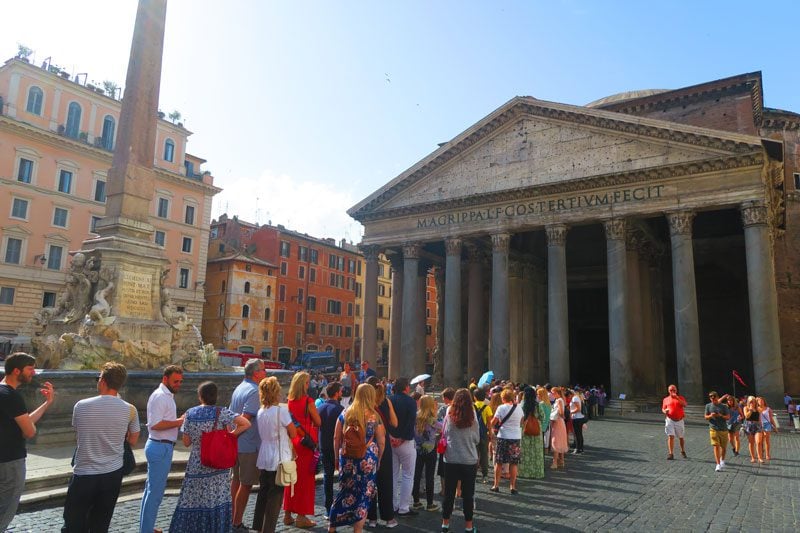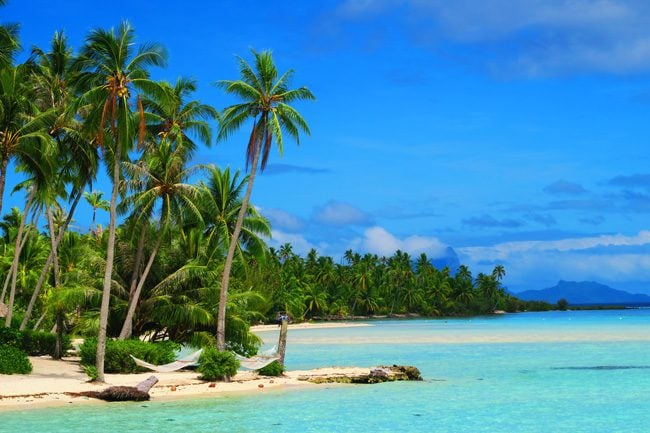Zion and Bryce Canyon Itinerary
Like hamburgers and fries or Batman and Robin, Utah’s Zion National Park and Bryce Canyon perfectly combine to spice up any road trip in the American southwest. The two parks are close neighbors in terms of distance, but each park’s geology and vibe are strikingly different. This Zion and Bryce Canyon itinerary will explore how to craft the perfect road trip.
I first visited Zion and Bryce Canyon on a family road trip back in the mid-90s when I was just a young boy. I recently returned to this beautiful desert region as part of a long road trip in the American Southwest. This Zion and Bryce Canyon itinerary is based on extensive research and my experience.
Why Visit Zion and Bryce Canyon Together?
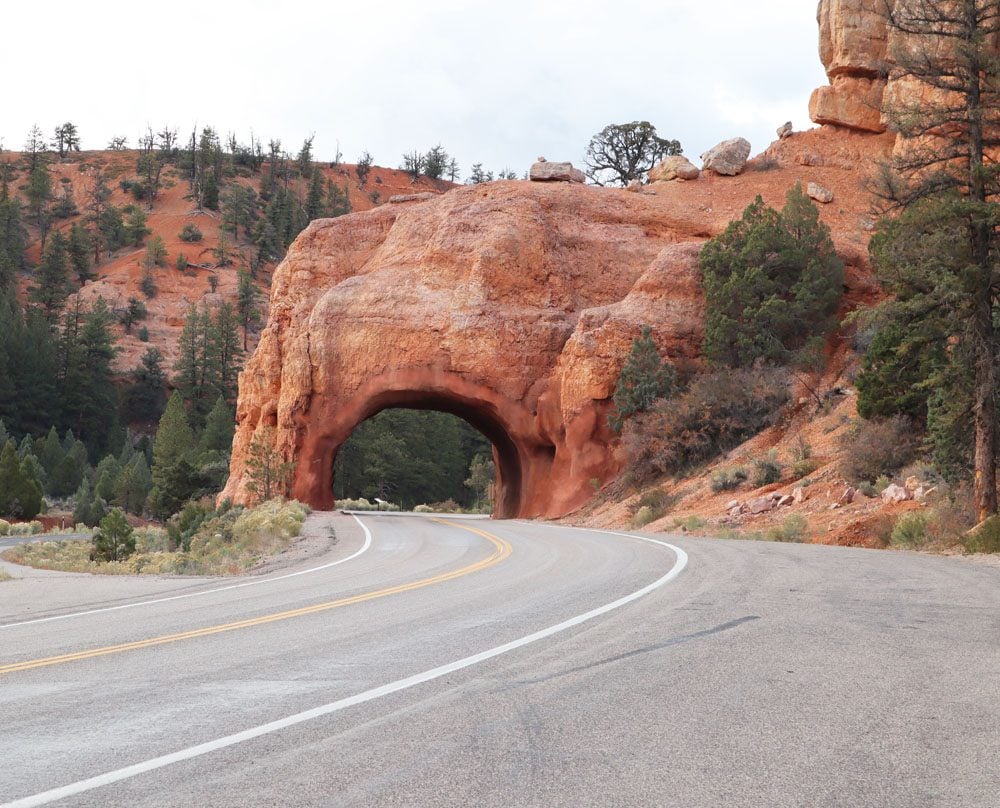
It takes a little over one hour to travel the 72 miles (116 km) separating Zion and Bryce Canyon. So if you’ve already made it here, you might as well combine the two.
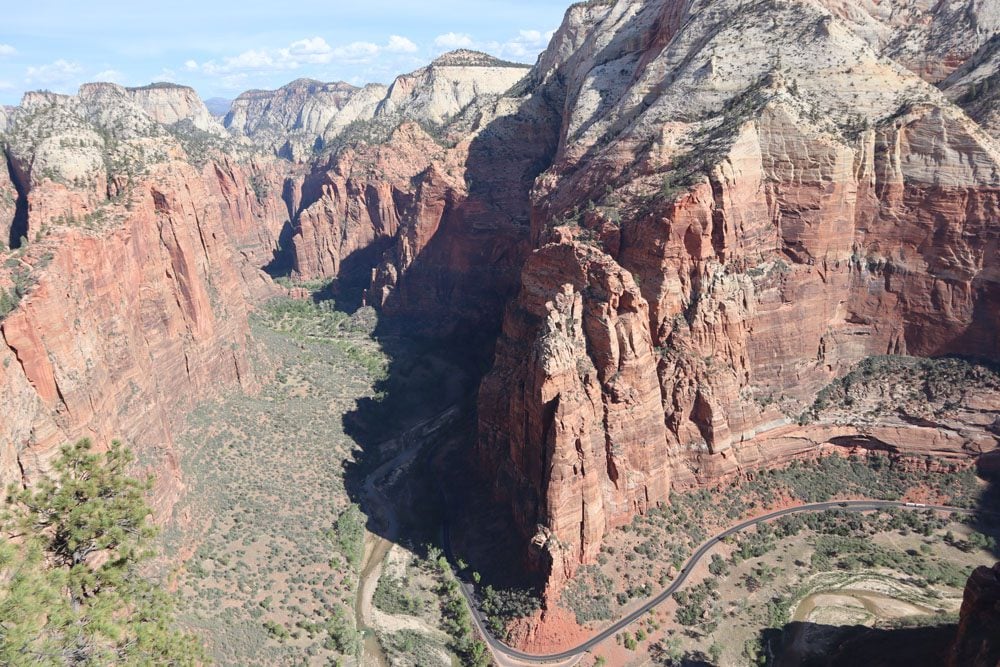
Marvel at Zion Canyon from magnificent vistas on the canyon floor and its rims high above. In Bryce Canyon, see the world’s highest concentration of bizarre-looking limestone pinnacles known as hoodoos.
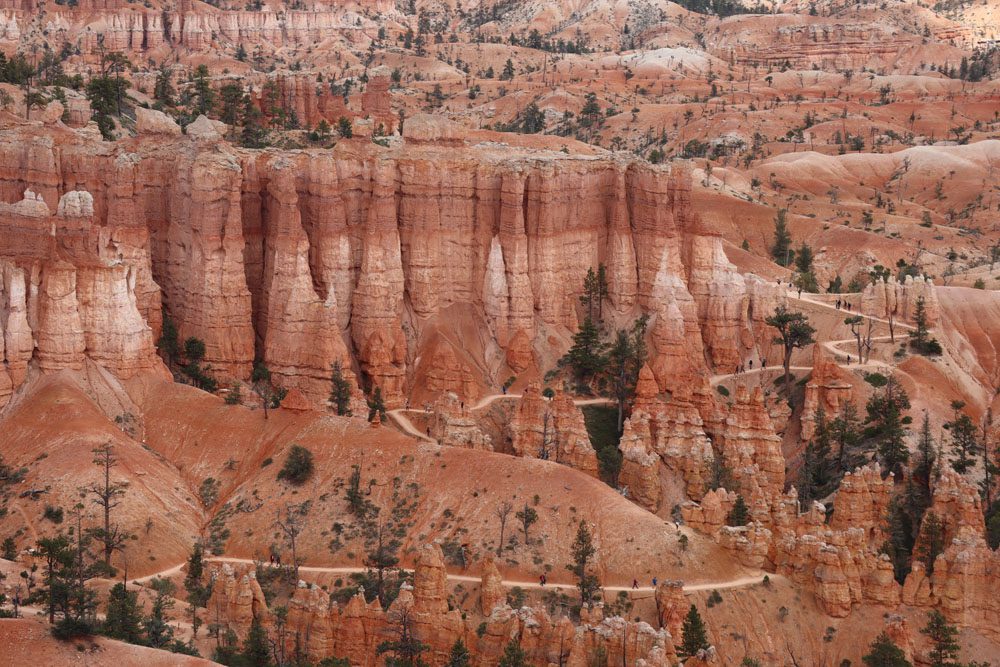
Despite growing visitor numbers, both parks are pretty compact and easy to explore by car or by using free shuttles. Moreover, Bryce and Zion are relatively close to many other southwest gems.
Several sections make up this itinerary from Zion to Bryce Canyon:
- Part 1: Essential planning tips
- Part 2: Zion National Park
- Part 3: Bryce Canyon National Park
Additional Southern Utah Resources
Check out additional travel guides to Southern Utah. Explore Zion and Bryce Canyon in more depth, and combine your visit to the two with other members of Utah’s “Mighty Five.”
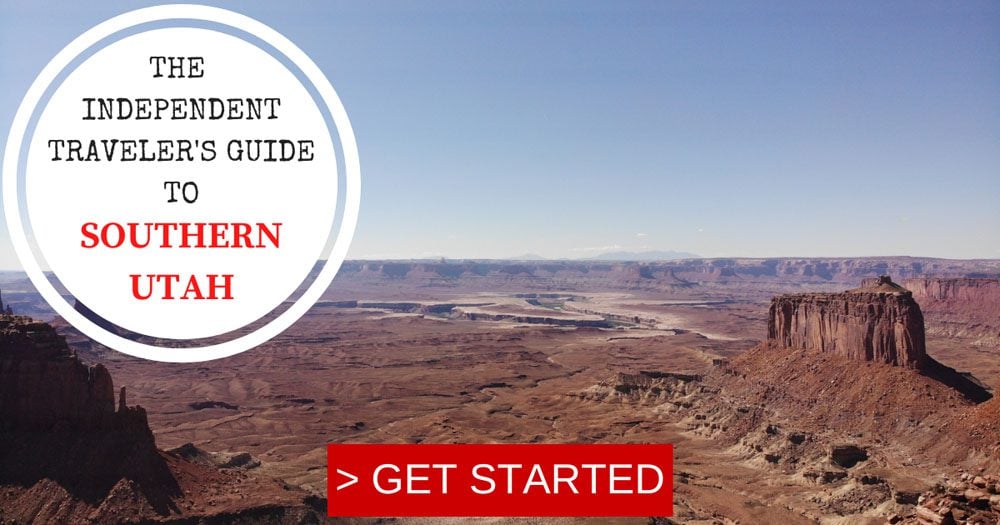
Zion and Bryce Canyon Itinerary Map
Find all of the places mentioned in this itinerary on this companion map. Simply click on the image to open it in Google Maps.
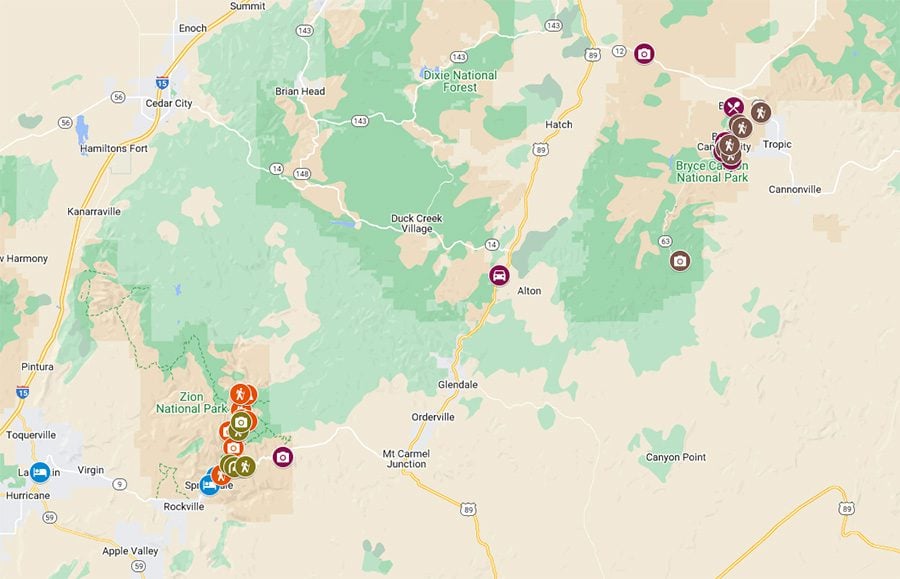
Essential Planning Tips
This section highlights important things to consider when planning a road trip between Zion and Bryce Canyon.
If you want to take a deeper look into the ins and outs of visiting both parks, go through the “travel tips” sections in the Zion National Park Travel Guide and the Bryce Canyon Travel Guide.
When to Visit Zion and Bryce Canyon?
The best time to visit both Zion National Park and Bryce Canyon National Park is in late spring and early fall. During these times, both parks experience pleasant weather with slightly fewer crowds. However, it is possible to visit both parks throughout the year, but winter and summer each have caveats worth considering.
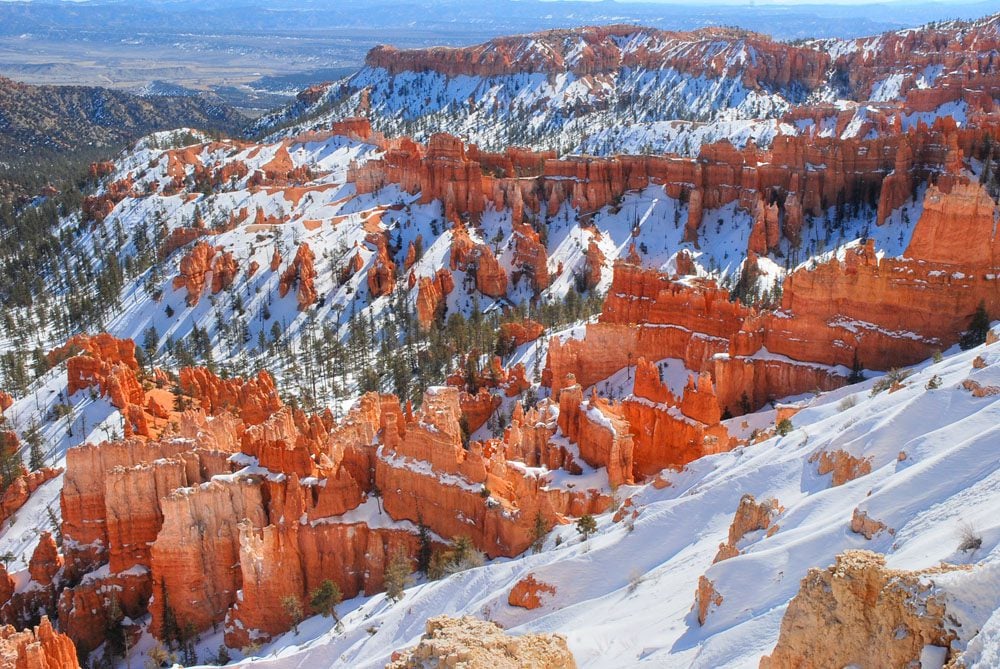
How Much Time Is Needed for Zion and Bryce Canyon?
Ideally, plan to spend four days in Zion and Bryce Canyon combined. In Zion, spend two days exploring the canyon floor and hiking to scenic spots on the rims. Then, drive to Bryce Canyon and do some afternoon sightseeing. On the fourth day, hike on the canyon floor and explore the rest of the park. Finally, if you have a “spare fifth day”, devote it to Zion’s Kolob region.
Don’t forget to factor driving times to Zion and from Bryce Canyon to your next stop or departure city.
The Drive & Roadtrip Options
The best way to explore this region is with a car. However, you can also join guided park tours and road trips that combine multiple sites and eliminate the need for long drives. Most visitors drive to Bryce Canyon from Zion. The drive takes a little over one hour (72 miles), and there isn’t much to see on the way, though the rural high plateau scenery is pleasant.
The Zion Canyon section of the national park is reached via State Route 9 near the town of Springdale. If driving from the Grand Canyon, you can also get to the park from the opposite direction via Kanab and the Zion-Mount Carmel Highway. Zion is about three hours northeast of Las Vegas and nearly five hours from Salt Lake City. If you’re driving to Bryce Canyon from the east, it’s a very pretty drive from Arches National Park and Moab via Grand Staircase-Escalante National Monument and Capitol Reef NP.
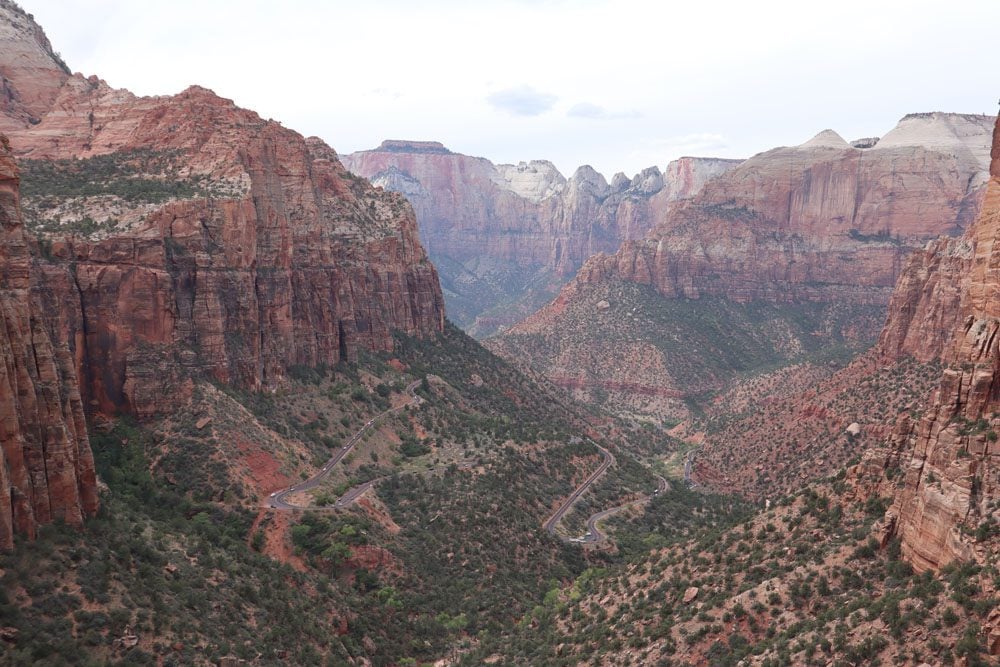
If you’re looking for a good 10-12 day road trip itinerary, fly into Las Vegas and spend one or two nights in Sin City. Then, rent a car and drive to the Grand Canyon. Include some driving on Route 66 and a brief visit or overnight stay in Flagstaff on this leg. After the Grand Canyon, Head north on scenic Highway 89 towards Page. En route, drive through or explore Vermilion Cliffs National Monument. When in Page, visit Horseshoe Bend and Antelope Canyon. From Page, head to Zion National Park via the Zion-Mount Carmel Tunnel.
Where to Stay?
In Zion: Most visitors stay in Springdale when visiting Zion or in the nearby towns of La Verkin and Hurricane. Explore options at the Zion Lodge if you want to sleep inside the park. Camping in Zion Canyon is at the Watchman Campground and South Campground. I stayed at the Best Western Plus in La Verkin, which was very comfortable and convenient.
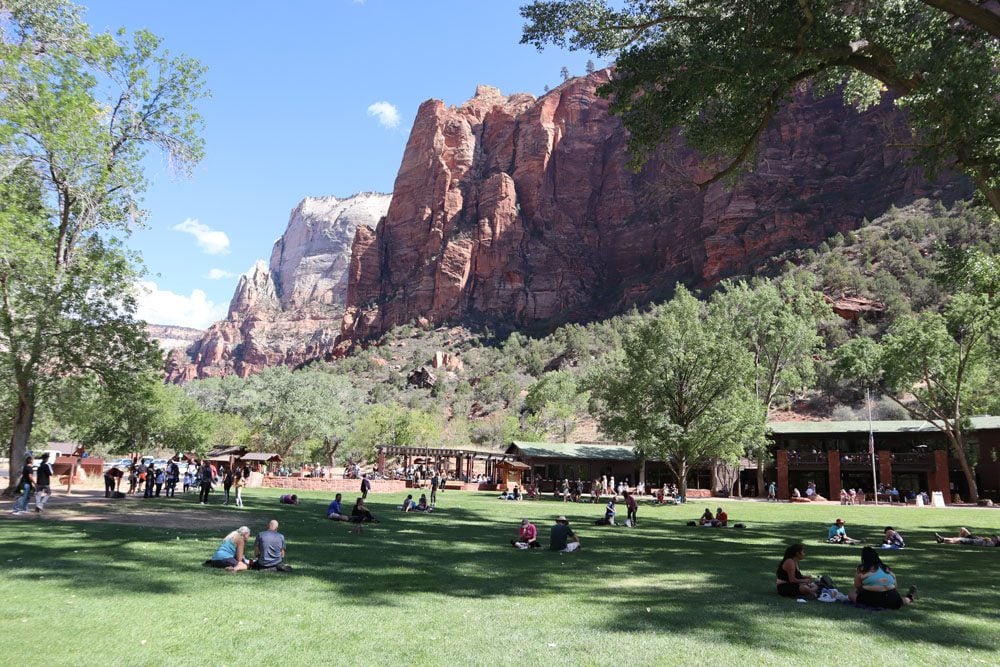
In Bryce Canyon: You’ll find many affordable and upscale options in Bryce Canyon City. If there’s nothing suitable there, you might find something nearby in Tropic. The historic Lodge at Bryce Canyon is the only option if you want to stay inside the national park. Camping is available at the North Campground (closer to the rim) and the Sunset Campground. I stayed at the Ruby’s Inn, a vast and well-run lodge with all the amenities.
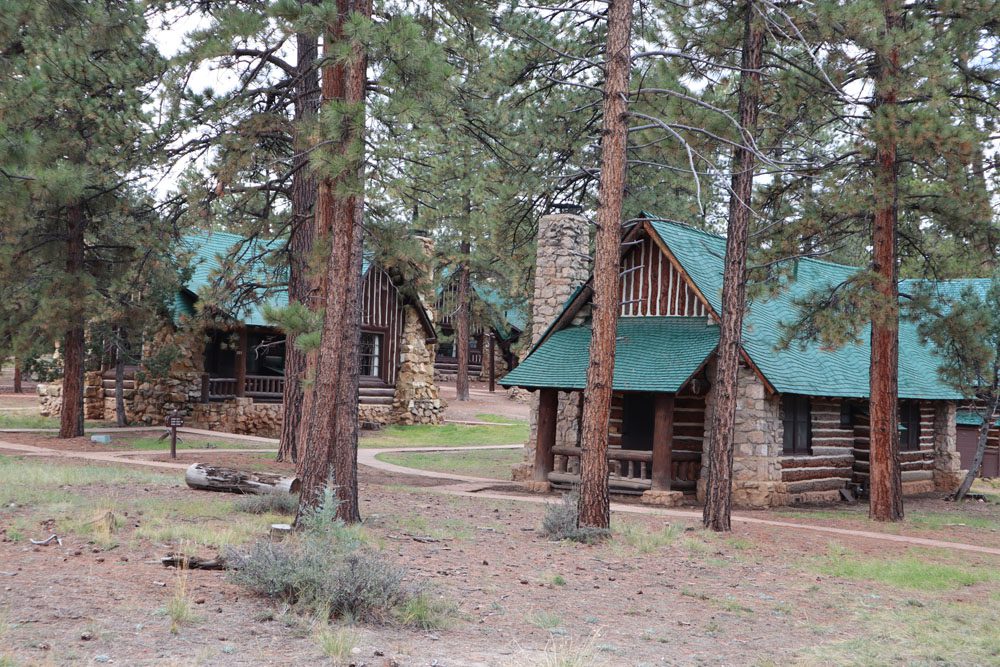
Explore accommodations in Zion National Park and Bryce Canyon that can be booked online via Booking.com.
Getting Around
Most of the year, access to Zion Canyon is restricted due to increased visitor numbers. Visitors must use the park’s free and efficient shuttle system, consisting of a Springdale line running from the outskirts of town to the visitor center and a Zion Canyon line from the visitor center to the end of the scenic drive. Exceptions are made for guests of the Zion Lodge (just to reach the parking area) and for access to and from the Zion-Mount Carmel Highway.
When writing this guide, access to Bryce Canyon is not restricted. Drivers are free to access scenic Bryce Canyon Road. However, parking is very limited in most of the popular viewpoints along the Bryce Amphitheater, the park’s main attraction. Therefore, it might make sense to use the free shuttle bus when exploring this park section. Then, reunite with your car to explore the more remote southern area. Be sure to stay updated on the park’s official website, as regulations can change in the face of increased visitor numbers.

Hiking in Zion and Bryce Canyon
Both national parks offer a good mix of easy-to-reach scenic viewpoints and hiking trails. However, Zion has an advantage over Bryce when it comes to variety and the “wow factor”. The best hikes in Zion are mainly to breathtaking lookouts on the canyon’s rims, while in Bryce, I recommend exploring the Bryce Amphitheater floor on foot.
Specific hikes in both Zion and Bryce Canyon are highlighted in the next sections.
- Do some research before your visit and “sanity check” your plan with park rangers upon arrival.
- Stay alert to trail conditions on the parks’ websites. Some trails close due to seasonal or hazardous conditions.
- Check if a permit is required for your desired hikes and plan accordingly. For example, a permit system for Angel’s Landing was started recently.
- Download trail maps to your smartphone so you’ll be able to navigate even if offline. I used AllTrails Pro.
- Dress in layers, especially on hikes in high elevations. The temperature can greatly fluctuate between the canyon floor and the rims.
- Mornings are the best time to hike in both parks to avoid the crowds. You will not have the trail to yourself (unless hiking in the backcountry), but conditions will be more optimal.
- Stay on the trail! Not all sections have guard rails, so it’s really up to you to stay safe.
- Pack more water and snacks than you think you’ll need.
- Protect yourself from the sun.
- Carry a first aid kit on long hikes.
Tours & Activities
Check if any ranger-led programs are taking place during your visit to Zion and Bryce Canyon, including guided stargazing. The most popular excursion inside both parks is horseback riding (Zion | Bryce Canyon). This activity is recommended if you enjoy riding on horseback and if you have any mobility challenges but still wish to cover some ground without hiking.
Additional thrills are usually available outside the national park boundary but pose an exciting option if you travel with children to Zion and Bryce. In Bryce Canyon check out tours and activities offered in Bryce Canyon City. In Zion, most tours depart from Springdale.
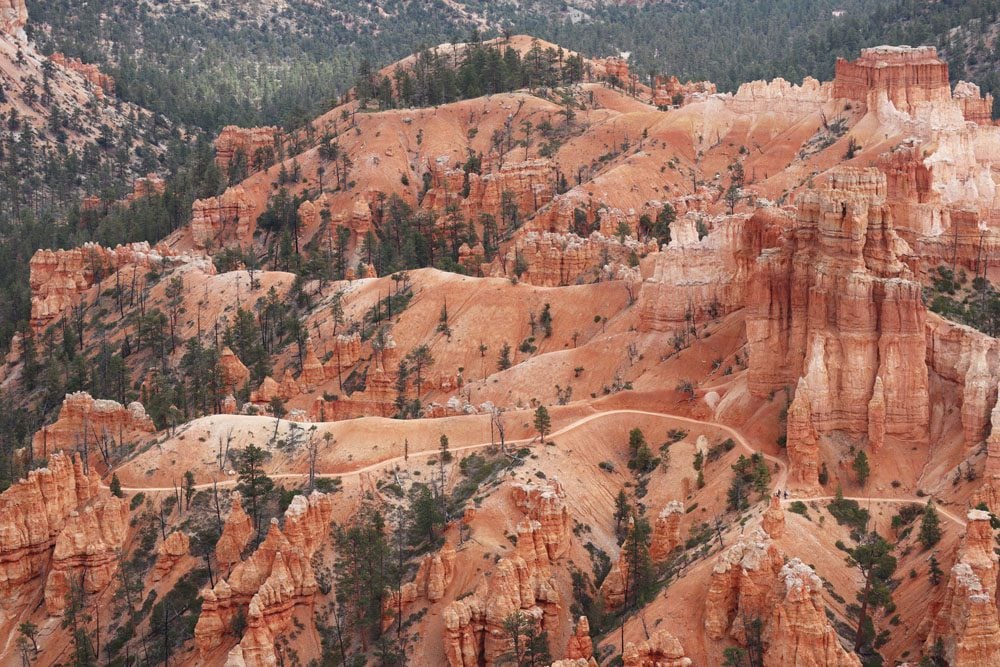
What to Pack
Here are some items to pack for a visit to Zion and Bryce Canyon. Get them on Amazon!

- Get your copy of the Lonely Planet guide to Zion & Bryce Canyon. If your visit is part of a more extended road trip, the Lonely Planet guide to Southwest USA is a good alternative.
- Dress in layers, preferably sweat-repelling clothing. Mornings are chilly in both parks, and nights are almost always cold in Bryce Canyon.
- Light rain gear with hood
- First aid kit
- Proper hiking shoes, preferably high shoes
- Thick socks (for foot protection during hikes)
- Lip balm (must) and hand cream (optional), especially during summer and early autumn, as the air can be dry.
- Toiletries
- Lock(s)
- Flashlight and headlamp
- Pocket knife
- Picnic gear
- Walking poles (optional)
- Waterpack
- Alcogel
- Ziploc bags
- Foldable day pack
- Food and snacks
- Earplugs if overnighting in tents of any kind
- Hat and sunscreen
- Photography gear
